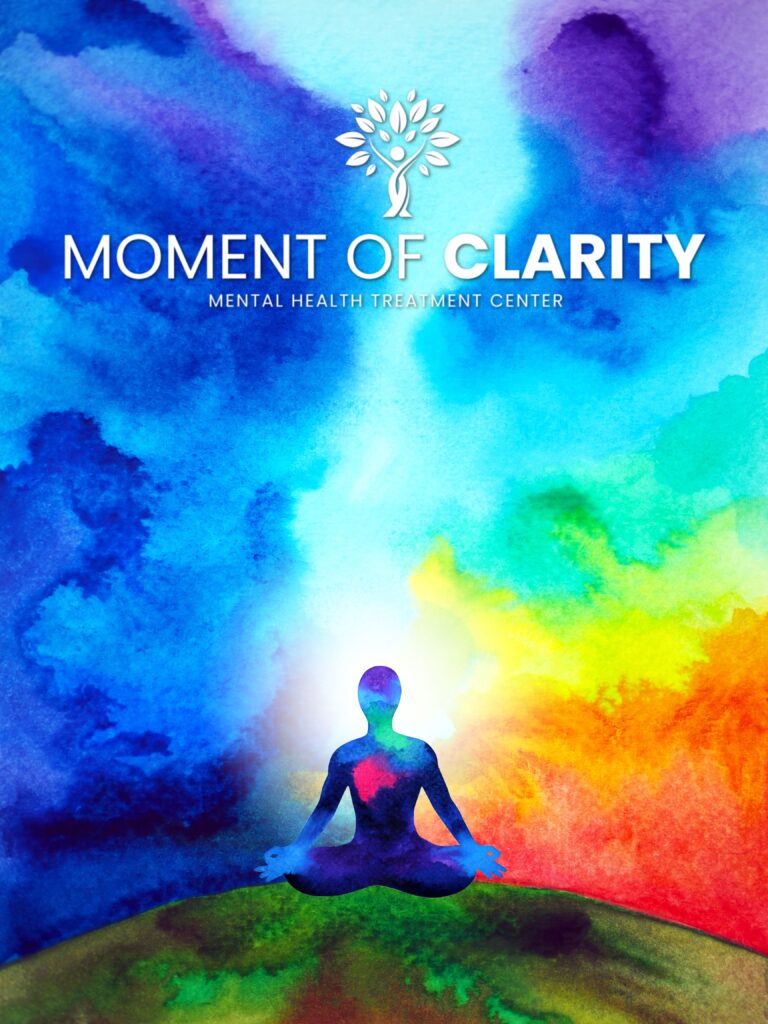Reactive Attachment Disorder (RAD) in adults is a profound and often misunderstood mental health disorder that originates from problems in early childhood attachment experiences. While RAD is more commonly identified during childhood, its impacts can persist into adulthood, affecting 1-2% of the population. This article delves deep into the complexities of RAD in adults, exploring its causes, symptoms, diagnosis, and available treatment options to provide a thorough understanding of this challenging disorder.
Mental Health Treatment That Works
What is Reactive Attachment Disorder?
Reactive Attachment Disorder (RAD) arises from a failure to establish healthy attachments and healthy relationships with primary caregivers during early childhood. This condition is often the result of severe neglect, abuse, or abrupt separation from these caregivers. In adults, RAD manifests as a chronic failure to engage emotionally with others in a healthy way. Understanding RAD’s origins is crucial for comprehending its profound impact on adult psychological health.

How RAD Develops During Childhood
Reactive Attachment Disorder (RAD) develops during a child’s early years, a critical period for establishing secure attachments with caregivers. The formation of these attachments is essential for a child’s emotional and social development. RAD occurs when these attachment processes are significantly disrupted or malformed. Understanding the developmental pathway of RAD during childhood can help in addressing the needs of those affected as they grow.
Early Relationships and Attachment
The foundation of RAD often lies in the young child’s early interactions with their primary caregiver(s). In healthy development, infants form attachments through consistent, nurturing interactions that provide a sense of safety and reliability. When a caregiver responds to a child’s needs with warmth and consistency, the child learns to trust that they are safe and that their needs will be met.
Disruptions in Caregiving
RAD is typically associated with extreme disruptions in these foundational relationships. These disruptions can include:
- Neglect: Failing to meet the child’s basic needs for emotional warmth, physical safety, and stimulation.
- Abuse: Physical, emotional, or sexual abuse that undermines the child’s sense of safety and self-worth.
- Inconsistent Caregiving: Frequent changes in caregivers, such as those experienced by children in foster care or orphanages, where opportunities to form stable attachments are limited.
- Early Trauma: Experiencing or witnessing traumatic events can profoundly affect a child’s ability to trust people and form healthy attachments.
Psychological and Emotional Impact
The lack of a secure attachment can lead to significant emotional and behavioral issues. Children with disrupted attachment histories often feel unsafe and may perceive the world as a threatening place. As a result, they may develop strategies to manage their anxiety and insecurity, which can manifest as:
- Avoidance: They may avoid closeness and emotional expression, appearing withdrawn or uninterested in others.
- Ambivalence: They might show conflicting behaviors, seeking comfort but resisting it when offered, reflecting confusion and mistrust.
- Disinhibition: In some cases, children may exhibit indiscriminate affection towards strangers, demonstrating an unhealthy lack of selectivity in their social interactions.
Signs of Repressed Trauma in Adults
Recognizing the signs of repressed trauma in adults is critical for timely and effective intervention. These signs can manifest in various forms, often grouped into emotional, physical, and behavioral symptoms:
Emotional Symptoms:
- Persistent Sadness or Emotional Numbness: Individuals may feel a pervasive sadness that doesn’t seem to have a direct cause or may feel emotionally numb, detached from their feelings and those of others.
- Unexpected Rage or Despair: Outbursts of anger or overwhelming despair that seem disproportionate to the situation can be a sign of underlying repressed trauma.
- Intense Mood Swings: Rapid and intense shifts in mood can indicate unresolved emotional issues stemming from past trauma.
- Fear of Abandonment: This often manifests in relationships where the individual might display clinginess or an irrational fear of being left alone.
Physical Symptoms:
- Sleep Disturbances: This includes trouble falling asleep, staying asleep, nightmares, or sleeping too much, all without a clear cause.
- Unexplained Aches and Pains: Chronic pain, especially in the muscles and joints, or gastrointestinal issues without any medical explanation can be linked to trauma.
- Startling Easily: A heightened startle response to loud noises or unexpected situations can be a sign of underlying trauma.
- Fatigue: Persistent tiredness that does not go away with rest can also be a symptom of repressed trauma affecting one’s energy levels.
Behavioral Changes:
- Avoidance: This might involve avoiding certain places, people, or activities that subconsciously remind them of their trauma.
- Withdrawal from Social Activities: Losing interest in social interactions and activities that were previously enjoyable can be a sign of repressed trauma.
- Substance Abuse: Using alcohol or drugs to numb feelings or escape from memories can often be linked to unresolved trauma.
- Sudden Disinterest in Hobbies: A noticeable lack of interest in hobbies or pastimes that were once enjoyable can indicate emotional distress related to repressed memories.
By understanding these signs, individuals and their loved ones can better recognize when it might be time to seek professional help. Therapy can provide a safe space to explore these symptoms and their root causes, leading to effective management and healing.
Long-Term Consequences
Without intervention, these early disruptions in attachment can extend into adulthood, manifesting as RAD. Adults with RAD might struggle with forming and maintaining relationships, managing emotions, and may continue to view interpersonal interactions as unsafe or threatening. The groundwork laid in childhood thus has profound implications for their emotional and social functioning throughout their lives.
By understanding how RAD develops during childhood, mental health professionals can better tailor interventions that address these deep-seated attachment issues, offering hope for recovery and healthier relationships. Early identification and intervention are crucial in altering the developmental trajectory for children at risk of RAD, emphasizing the importance of early and consistent emotional care and support.
RAD in Adults
The symptoms of RAD in adults can be complex and varied, typically categorized into two types: inhibited and disinhibited. Inhibited symptoms often manifest as a withdrawn, unresponsive demeanor, while disinhibited symptoms can appear as inappropriate, indiscriminate familiarity or closeness with relative strangers. Common signs include significant difficulties in forming close relationships, resistance to receiving care and affection, and an underdeveloped sense of self.
Diagnosing RAD in Adults
Diagnosing RAD in adults is challenging due to its symptomatic overlap with other disorders such as PTSD, anxiety, and depressive disorders. Mental health professionals use a combination of clinical interviews, psychological evaluations, and a review of the individual’s early life history to make a diagnosis. Understanding the nuances of the patient’s early attachments and subsequent social history is critical for accurate diagnosis.
Treatment Options for RAD in Adults
Treatment for RAD in adults typically involves a combination of psychotherapy, counseling, and sometimes medication to manage symptoms. Psychotherapy, particularly attachment-based therapy, focuses on developing the capacity for healthy relationships. Medication may be used to treat concurrent issues, such as depression or anxiety, rather than RAD directly.
Therapy Techniques Specifically for RAD
Specific therapeutic approaches like attachment-based therapy, cognitive-behavioral therapy (CBT), and dialectical behavior therapy (DBT) are particularly effective. These therapies aim to help individuals understand and manage their emotions better and learn the skills needed to form healthy relationships.
Start the Healing Journey at Moment of Clarity
Reactive Attachment Disorder in adults is a challenging condition that profoundly affects personal and social functioning. However, with the right understanding and support, individuals with RAD can lead fulfilling lives. It is essential for both sufferers and their loved ones to seek comprehensive and empathetic professional help.
If you or a loved one are struggling with a mental disorder, get in touch with Moment of Clarity. Our mental health treatment center is dedicated to providing individuals with a safe environment to heal and learn.
FAQs
In children, RAD symptoms often manifest as a refusal to be comforted and an overall failure to engage with caregivers. Adults, on the other hand, might exhibit more complex relational dysfunctions such as an inability to maintain relationships or an inappropriate approach to intimacy.
While there is no complete cure for RAD, many adults can manage their symptoms effectively through therapy and support. The goal of treatment is to improve relational functions and emotional regulation skills.
Supporting a partner with RAD involves patience, understanding, and encouragement to engage in therapy. It’s also important to educate oneself about RAD to better understand and empathize with the partner’s struggles.
Untreated RAD can lead to a range of psychological issues, including chronic depression, anxiety, relationship difficulties, and social isolation.
Yes, there are several online platforms and forums where individuals with RAD can find support and advice from others who understand their experiences. These groups can be a valuable resource for sharing coping strategies and feeling less isolated.




